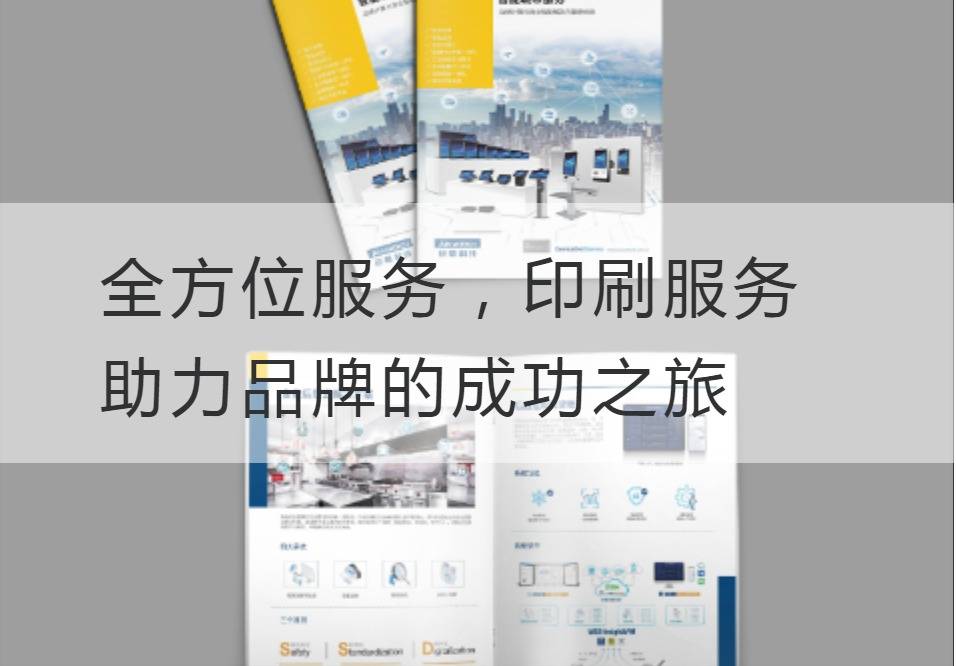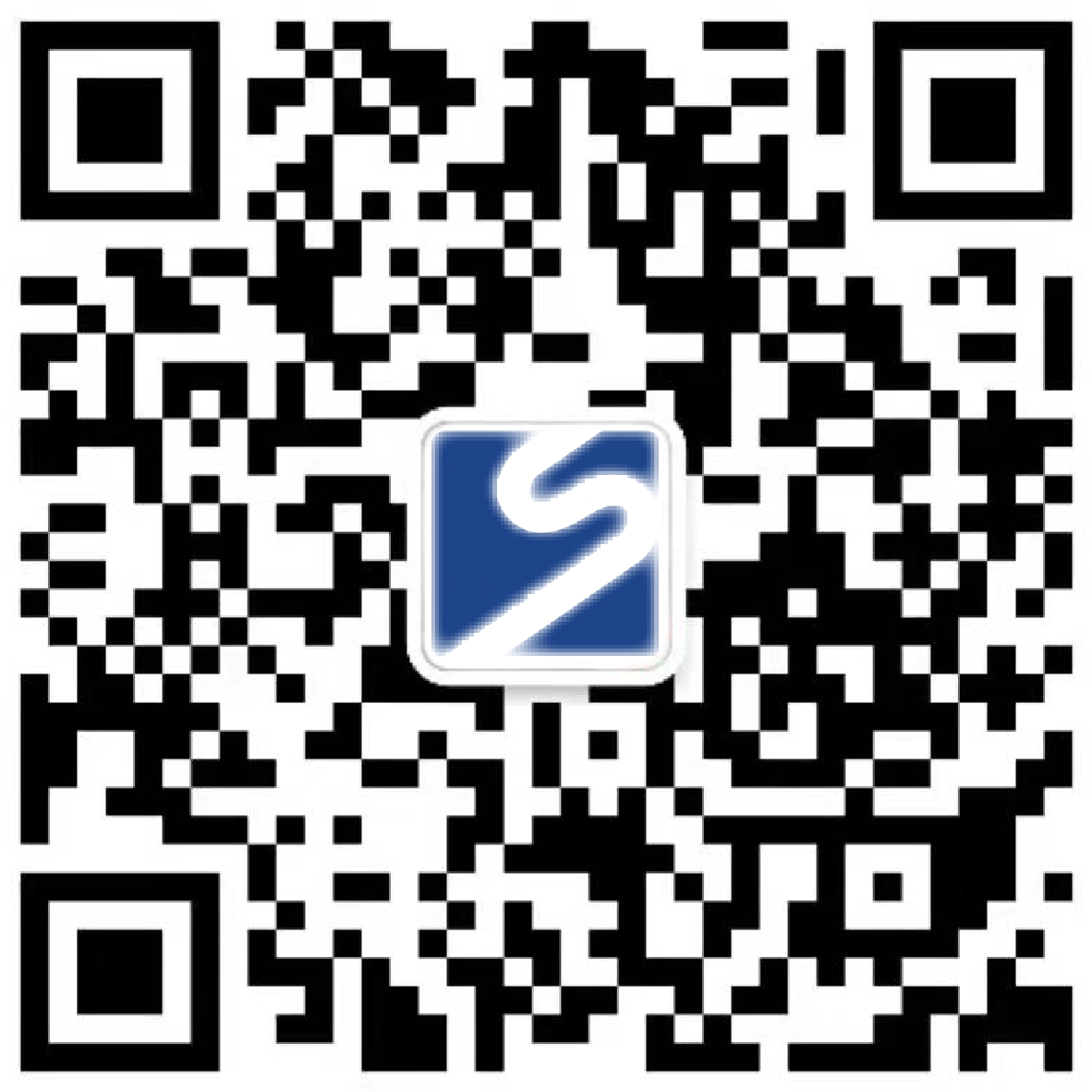Full-service, printing services help the brand's journey to success
In today's fiercely competitive market environment, brand establishment and dissemination become especially important. As an important part of brand building, printing service plays a vital role. A full range of printing services can not only help the brand to improve its image and visibility, but also catch the eye of consumers and make them become loyal fans of the brand. However, only exceptional printing services can really help the brand's journey to success.
First impressions are very important for brands. As an important carrier of brand image, printed matter needs sharp writing style and gorgeous vocabulary to show the uniqueness of the brand if it wants to stand out among many competitors. In print design, the use of professional technical terms and industry terminology, can show the brand professionalism, leaving a deep impression. For example, a high-end jewelry brand's brochure, in addition to high-quality paper and fine printing techniques, can also use words such as "24K gold coating" and "crystal diamond setting" to attract consumers and highlight the brand's unique selling points.

In addition, the combination of the design and content of the print requires a modern feel. Modern society is increasingly concerned about environmental protection and sustainable development, and brand prints need to conform to this trend. The use of green printing materials such as eco-friendly paper and water-based inks not only meets the needs of consumers, but also conveys the brand's image of environmental protection and social responsibility. And in the design, with the help of modern graphic typesetting, multimedia fusion and other technical means, can make the print more attractive and creative sense. For example, the cover design of a fashion magazine can use 3D stereoscopic effect, let the reader at a glance for the heart, yearning to wander in the sea of fashion.
In addition to emphasizing sharp style and modern design, the appeal of the printing service is also an important indicator of its value. An excellent print touches people's hearts in an intelligent and emotional way that resonates with the reader and creates trust and affection for the brand. Through artful writing and well-designed typography, print can convey the brand's core ideas to readers and resonate with them. For example, a brochure can make readers feel the care and value of the brand through real user stories and warm photos.
In addition, colloquial language is an interesting part of print production. The contemporary society pays attention to the diversity and individualization of culture. The use of appropriate colloquial expressions can resonate with readers and increase the intimacy of communication. In print, catchphrases and humorous expressions can be used in moderation to appeal to a younger generation of consumers. For example, a fashion magazine aimed at young people could use colloquial words such as "cool" and "trend" to increase readability and grounding.
In such a competitive market environment, whether a print can play a key role in the brand's success depends on its full range of service capabilities. Sharp style of writing, gorgeous vocabulary, modern design, appeal and colloquial expression are all important factors for the success of print. Only the outstandingPrinting servicesto create amazing prints that help the brand's journey to success.
Recommended Reading:
Into modern printing: How to Choose the Right Brochure Size
Your brand image is here: How to Customize Your Business Brochure Size
Great transformation: The Impact of Three-fold Brochure Size on Modern Enterprises
Everything you need to know: Horizontal Brochure Size Selection Reference Guide



